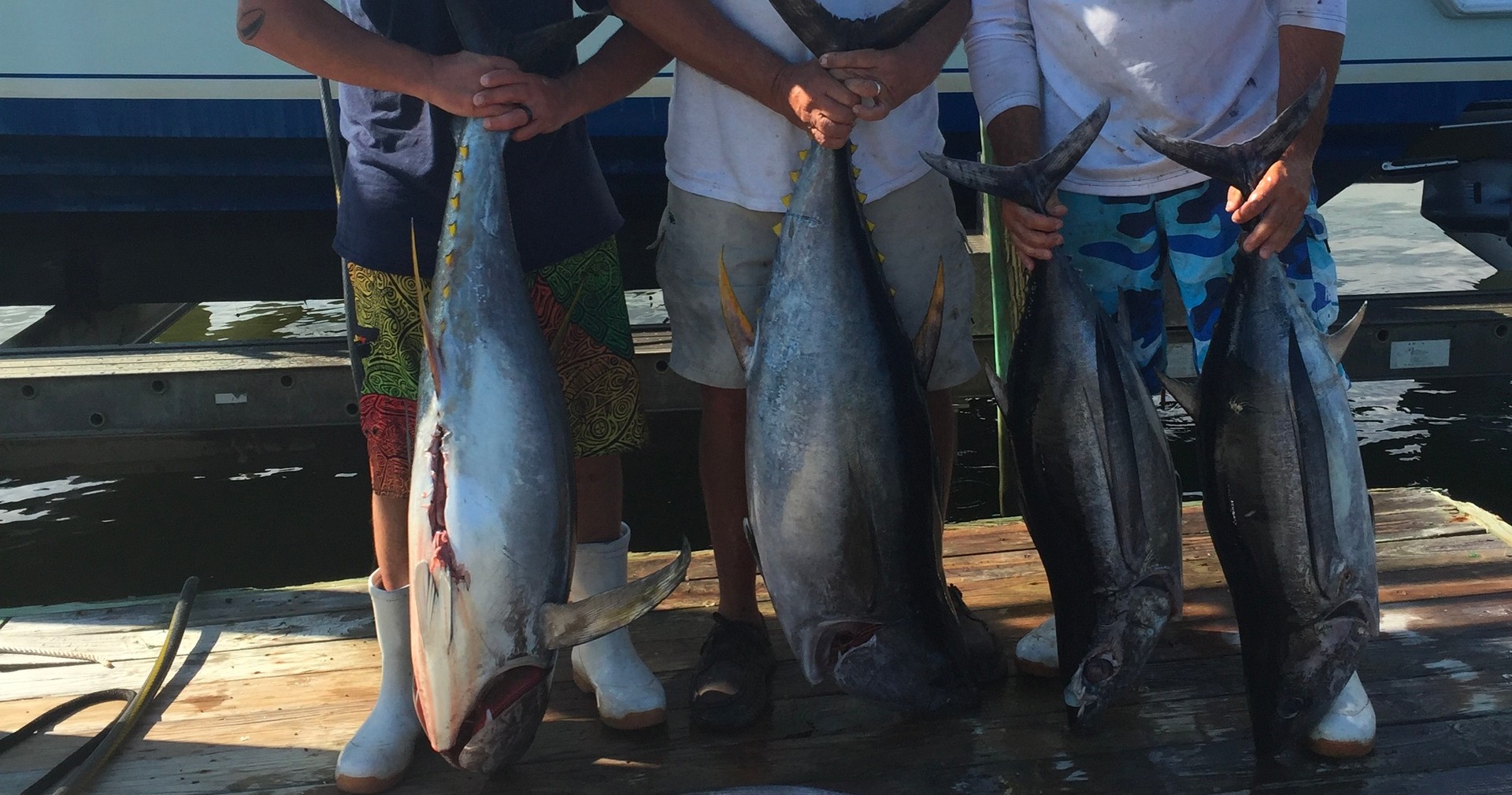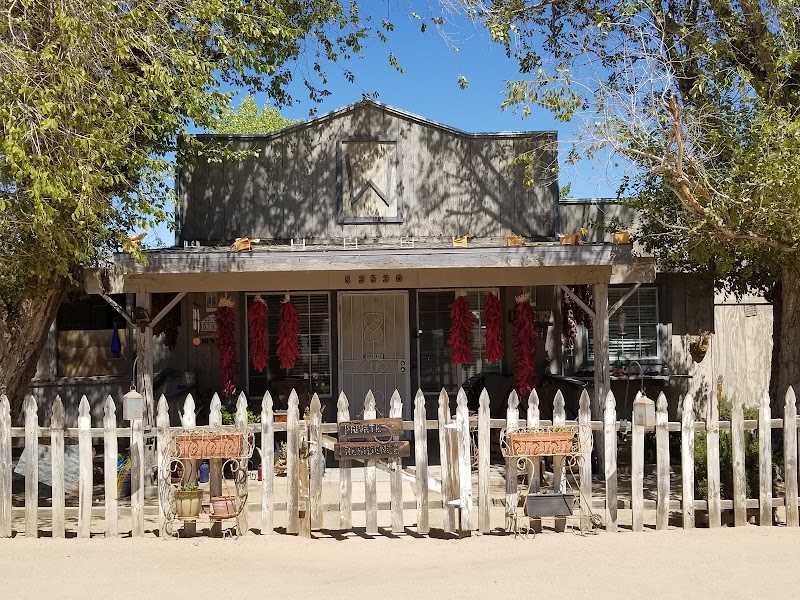Treading Lightly: Minimizing Environmental Impact on Canyon Fishing Charters in Southern California
Southern California’s canyon fishing charters offer thrilling encounters with rugged waterways framed by towering canyon walls. Discover how practical steps and mindful practices ensure these lively natural corridors remain vibrant for every angler and adventurer who answers their call.
Use Biodegradable and Non-Toxic Gear
Choose biodegradable baits and non-lead weights to prevent harming aquatic life and polluting water sources.
Stick to Designated Trails and Access Points
Avoid creating new paths that accelerate erosion, especially around riverbanks and fragile canyon edges.
Pack Out All Waste Including Fishing Line
Dispose of all trash, particularly fishing lines and hooks, which can entangle wildlife and degrade habitats.
Limit Noise to Protect Wildlife
Keep voices low and avoid loud noises that disturb sensitive animals active in canyon environments.
Treading Lightly: Minimizing Environmental Impact on Canyon Fishing Charters in Southern California

12-14 Hour Canyon Day Troll - Tuna And Mahi
All ages • Up to 6 passengers
Join Jersey Devil Sportfishing for an epic 12-14 hour deep-sea trolling adventure in Fair Haven, New Jersey, targeting tuna and mahi. Perfect for anglers craving a full day on the water with expert guides and massive catches.
Southern California’s canyons harbor more than just quiet pools and darting fish; they hold dynamic ecosystems that respond sharply to every footprint and cast. Fishing charters here plunge you deep into vibrant canyon waterways where currents push forward relentlessly, and rocky banks dare you to tread carefully. But adventure carries responsibility—preserving these fragile environments means embracing practical measures that let the land remain fiercely itself.
Canyon fishing charters typically cover stretches of water framed by steep walls reaching 300 feet or more. On average, these excursions involve navigating 2 to 5 miles of rugged terrain alongside riverbanks, with elevation shifts of roughly 500 feet where accessible. Trails can range from loose gravel to hardened clay. The surrounding chaparral and oak groves breathe life into the landscape, rustling underfoot and offering shelter to resident wildlife.
To minimize your environmental footprint while chasing trout or bass, start with your packing list. Use biodegradable bait and avoid lead weights, as these substances can poison aquatic life. Take only photos and avoid removing any plants or rocks. Stay on established paths to prevent erosion, especially after rains when trails soften into fragile mudslides primed to give way underfoot. Watercraft, if used, should be cleaned thoroughly to avoid spreading invasive species that choke native flora and fauna.
Timing affects both your experience and ecological impact. Early mornings or late afternoons offer calmer winds and reduced heat, cutting down your water needs and helping wildlife maintain natural activity cycles without disturbance. Weather here shifts quickly; summer brings dry desert heat, while winter introduces sudden downpours that transform creeks into rushing veins.
Hydration is paramount—carry at least two liters per person and use refill stations responsibly. Footwear should provide solid traction and ankle support to negotiate slippery stones or uneven ground. Bringing layered clothing prepares you for cooling breezes that sweep through canyon gaps as daylight dims.
Respecting the canyons as living entities means recognizing their patterns and limits. Look out for quiet pools left untouched, perfect spots where fish gather undisturbed. These pools indicate areas where heavy human presence could tip the balance and should be approached with restraint. By fishing with a conscious mindset, you help these waters sustain their pulse for the next visitor.
Every ripple tells a story; every cast leaves an impression. Approach canyon fishing charters with a balance of enthusiasm and mindfulness. Equip yourself with knowledge and gear tailored to both adventure and conservation. The canyons offer challenge and serenity, but only if we choose to keep them fiercely natural, a force to engage with rather than conquer.
Nearby Trips
All Adventures
Boat Charters
Water Activities
Adventures near Palm Springs
Discover the unique and memorable adventures that make Palm Springs special.
Frequently Asked Questions
What are the least disruptive times to fish in Southern California canyons?
Early mornings and late afternoons are ideal, as they reduce heat stress on both anglers and wildlife. During these times, fish tend to be more active while human presence creates less disturbance.
Are there particular fish species I should be careful not to overharvest?
Rainbow trout and largemouth bass are common targets but be mindful of size and bag limits set by California Fish and Wildlife to sustain populations and protect juvenile fish.
How do invasive species affect canyon waterways here?
Species like crayfish and certain aquatic plants can outcompete native life, altering habitats and food webs. Cleaning gear between charters prevents their spread across water bodies.
What is the cultural significance of Southern California canyons for local communities?
Many canyons were historically central to Native American tribes such as the Cahuilla, who fished and harvested plants sustainably, a tradition that informs today’s conservation ethics.
Where can I find lesser-known fishing spots within the canyon charters’ reach?
Look for quiet, backwater pools behind natural rock barriers or under overhanging willows—areas less trafficked often harbor better fish concentrations and limit environmental strain.
What measures do charter operators take to minimize environmental damage?
Many enforce strict catch-and-release policies, use boats and equipment cleaned regularly to prevent invasive species, and educate anglers on sustainable practices.
Recommended Gear
Waterproof Hiking Boots
Provides grip and ankle support on slippery, uneven canyon trails and protects feet during shallow water crossings.
Biodegradable Fishing Bait
Minimizes chemical impact on waterways and aquatic life, essential for responsible canyon fishing.
Layered Clothing
Adjusts to temperature shifts throughout the day, from cool mornings to warmer afternoons.
Hydration System or Water Bottles
Ensures sufficient water intake in hot and dry conditions characteristic of Southern California canyons.
Local Insights
Hidden Gems
- "Secluded side canyon tributaries offering calm fishing away from main waterways"
- "Rocky ledges with panoramic views overlooked by few anglers"
Wildlife
- "California quail scurrying through chaparral"
- "Western pond turtles basking on sunlit rocks"
- "Occasional sightings of bobcats at dusk"
History
"Many Southern California canyons served as seasonal campsites for Cahuilla tribes, utilizing sustainable fishing and plant harvesting methods that are now models for conservationists."
